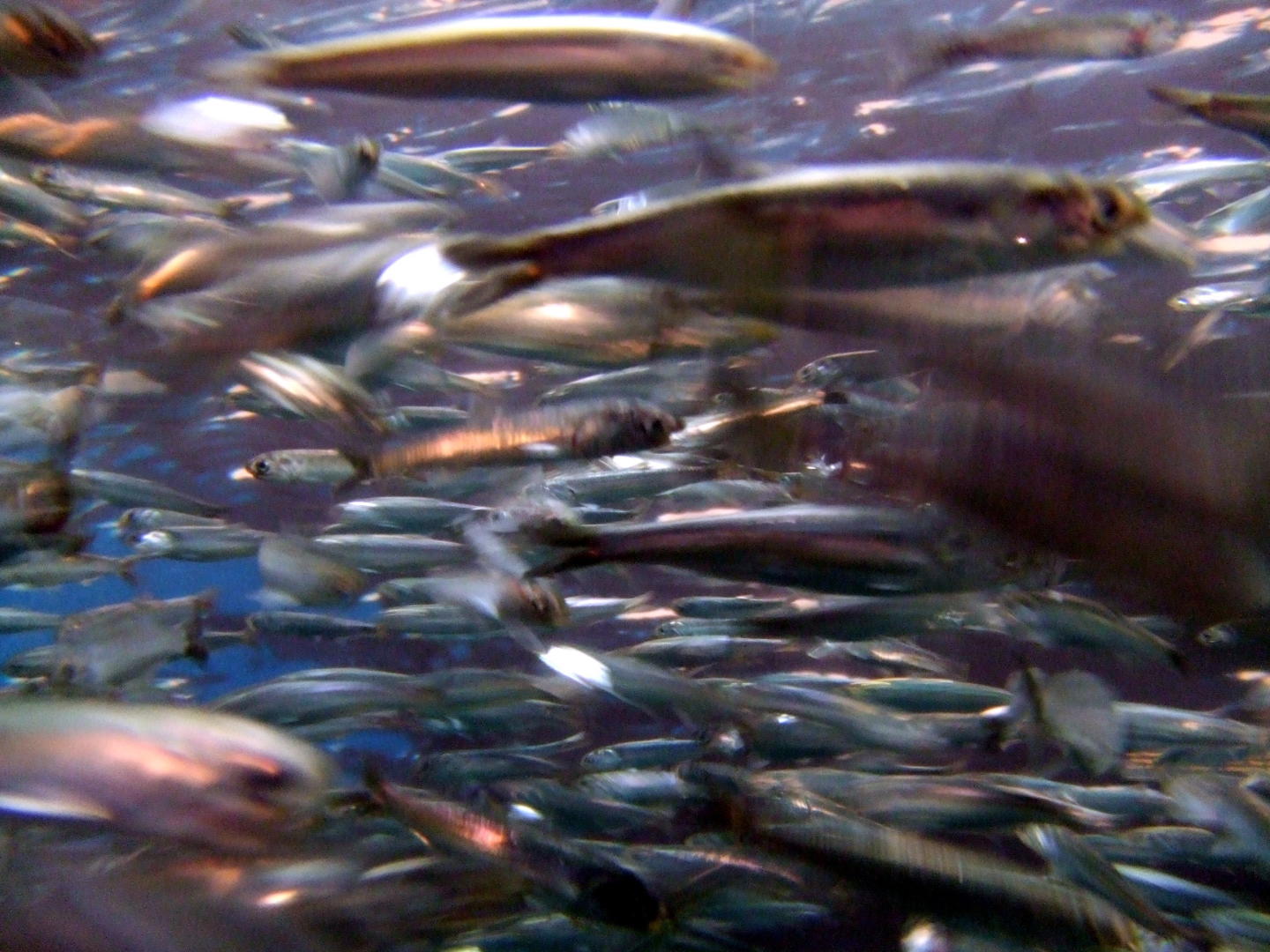
Marine birds face immense challenges, not the least of which is dwindling food resources. Too often, these species need to compete with humans for the fish that they need to survive.
Right now, Audubon California is concerned about a new proposed rule from the National Marine Fisheries Service (NMFS) that would set a fixed, permanent harvest quota for northern anchovy. Northern anchovy is the most important food for seabirds on much of the West Coast, providing the vital food resources for seabirds such as the Brown Pelican, Sooty Shearwater, Common Murre, and the endangered California Least Tern. These birds feed on anchovy as if their lives depend on it—and they do.
Audubon California is rallying comments against this proposal. Comments are due at 11:59 p.m. Feb. 8. Raise your voice here.
Like most so-called forage fish, anchovy stocks naturally fluctuate dramatically and fisheries catch levels must be adjusted annually to protect the stock from overfishing and to ensure adequate forage for dependent predators. So we were dismayed that in January, the NMFS issued a proposal to set in stone a fixed harvest level of 25,000 metric tons for anchovy in California. “Set it and forget it” is the wrong approach for an actively fished forage stock that undergoes dramatic, natural fluctuations and was recently in a state of collapse causing serious impacts to birds and other wildlife.
Anchovy are actively fished in California. When the stock is low, catch levels likely exceed sustainable levels now required by modern fisheries management, provided through our longtime U.S. statute, the Magnuson-Stevens Fishery Conservation and Management Act. NMFS has all the information it needs to set sensible, science-based annual catch limits that account for the status of the stock as well as the needs of dependent predators. Only this approach will ensure that anchovies are plentiful enough to fulfill their crucial role in the Pacific food web.
In 2017 managers at the Pacific Fishery Management Council asked NMFS to provide the Council with information to support this annual quota setting. Yet, this proposed rule from NMFS takes a step away from the Council’s desire to undertake annual quota setting and develop an updated framework for management of the subpopulation.
If you’re able to get a comment in before the Feb. 8 deadline, you will join Audubon California, Sea and Sage Audubon, and San Diego Audubon in urging NMFS to consult with the Pacific Fishery Management Council, and focus its energies on developing a cost-efficient, 21st Century approach to anchovy fishery management. Our entire ocean ecosystem depends on it.
By Anna Weinstein
Monthly Giving
Our monthly giving program offers the peace of mind that you’re doing your part every day.




